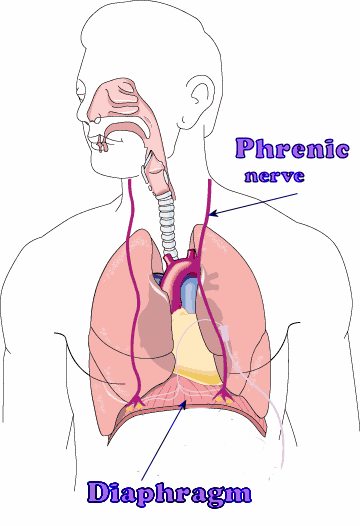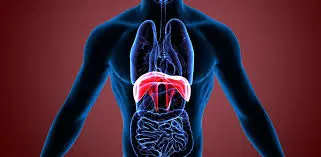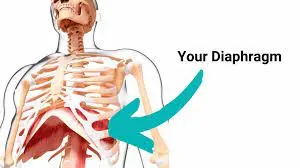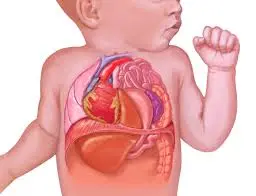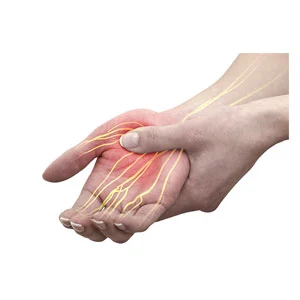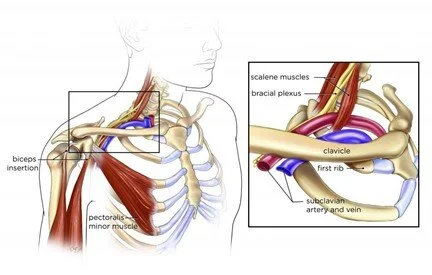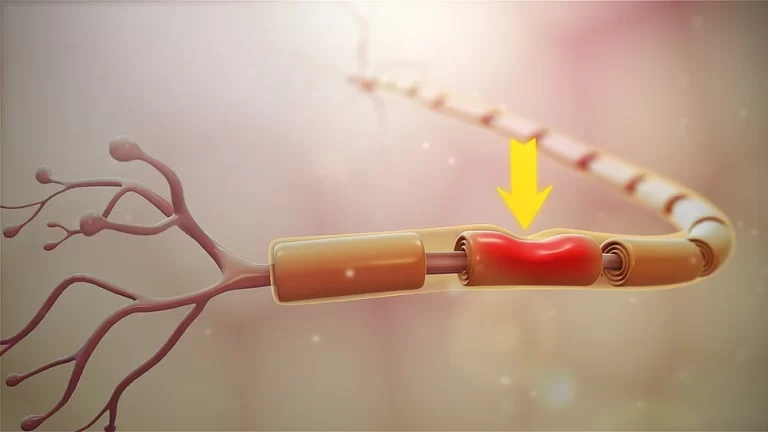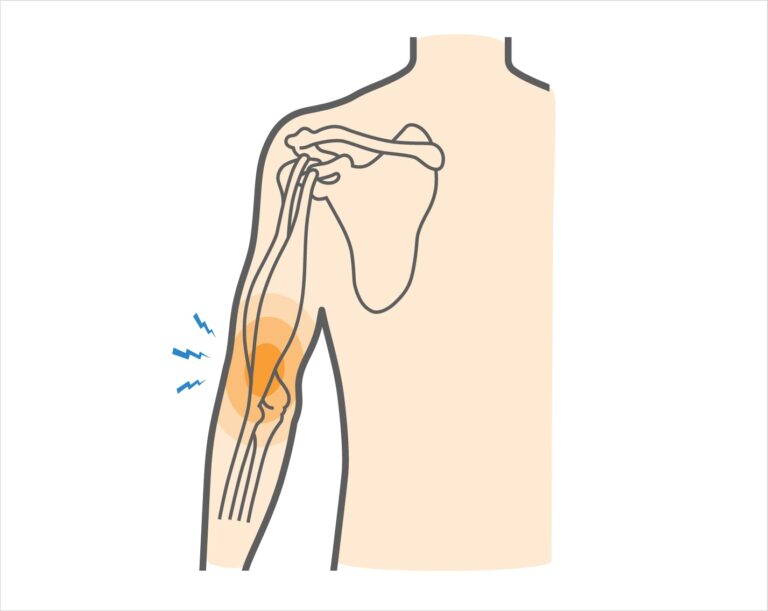Phrenic Nerve
What Is the Phrenic Nerve? The phrenic nerve is a crucial component of the human nervous system, playing a vital role in facilitating respiration. It is one of the most important nerves in the body, originating from the cervical (neck) region of the spinal cord and providing motor and sensory innervation to the diaphragm, the…

